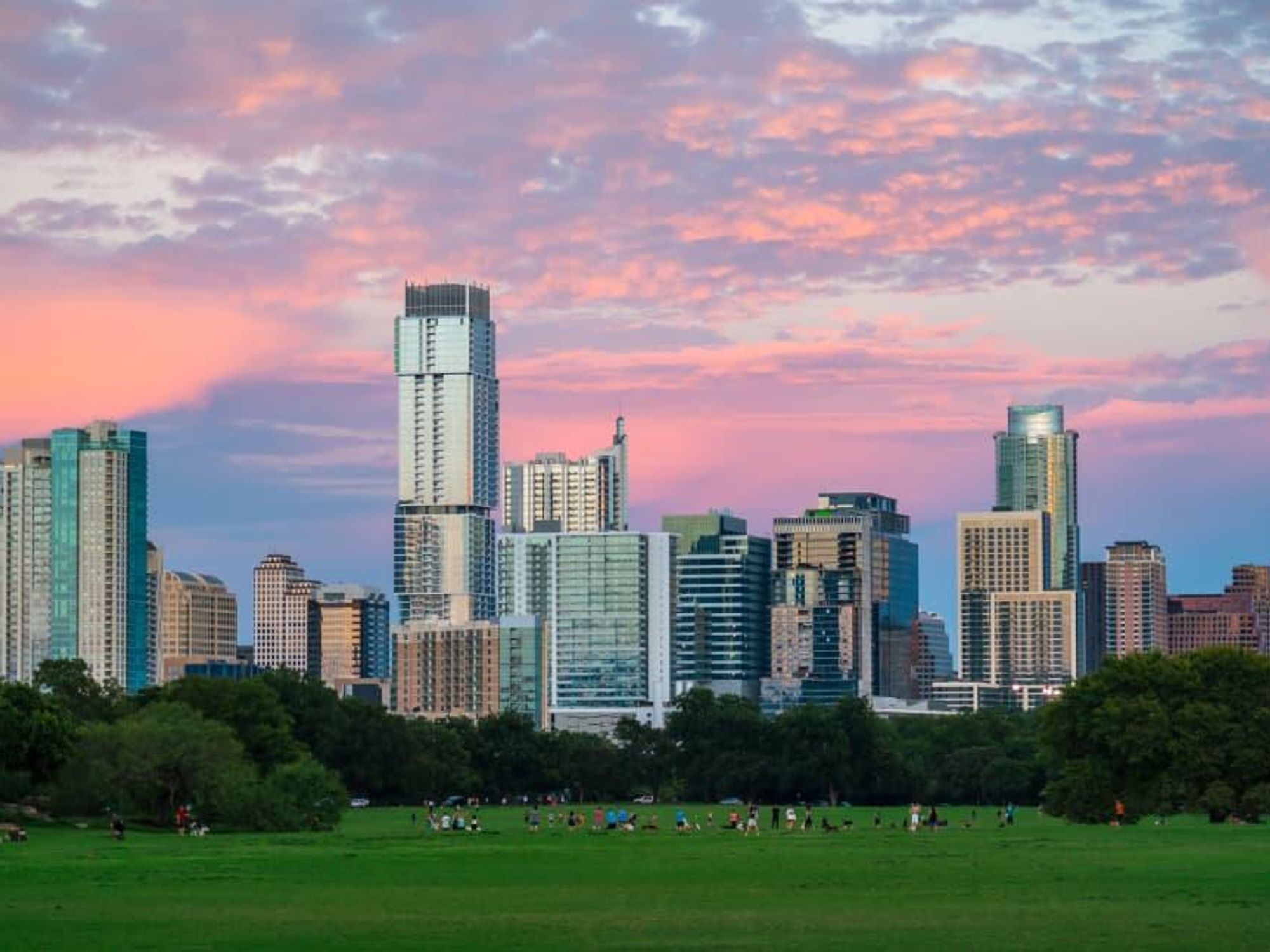Weighed down by affordability
Austin drops 2 spots in prestigious ranking of best places to live in the U.S.

Austin has slipped a bit further on U.S. News & World Report’s closely watched annual list of the best places to live in the U.S.
U.S. News & World Report’s 2021 Best Places to Live ranking, released July 13, puts Austin at No. 5 among the country’s biggest metro areas. That’s two spots lower than the area’s No. 3 ranking in 2020, and four spots below its first-place showings in 2017, 2018, and 2019.
Boulder, Colorado, appears at No. 1 on this year’s list, followed by Raleigh-Durham, North Carolina, at No. 2; Huntsville, Alabama, at No. 3; and Fayetteville, Arkansas, at No. 4.
Despite Austin’s decline in the ranking, the area “remains an ideal place to live for many, with a strong job market and continued long-term population growth due to net migration, though its cost of living continues to rise,” U.S. News & World Report says.
“Housing affordability is always of great concern, but as people solidify their plans to work remotely, struggle to find a house in a hot housing market or consider a cross-country move, a low cost of living is even more important,” Devon Thorsby, real estate editor at U.S. News & World Report, says in a news release.
In May, the Austin area’s median price for a home reached a record high of $465,000, according to the Austin Board of Realtors. Within the city of Austin, the median home price also set a record: $566,500.
“As new companies relocate to Austin and the city’s popularity draws in new residents, the sheer demand for housing has created a critical inventory shortage, reinforcing that affordability and accessibility to housing across our region is a real concern and should be a top priority for local leaders,” Susan Horton, president of the Austin Board of Realtors, warned in May.
No other Texas metro area showed up in the top 25 of this year’s U.S. News & World Report ranking. Dallas-Fort Worth landed at No. 37, Houston at No. 39, San Antonio at No. 75, Killeen-Temple at No. 114, Beaumont-Port Arthur at No. 124, Corpus Christi at No. 129, El Paso at No. 131, McAllen at No. 139, and Brownsville at No. 140.
For the ranking, U.S. News & World Report crunched data for the country’s 150 biggest metro areas. The data encompasses affordability, job prospects, desirability, quality of life, and migration patterns.
“This year we’re looking at how the most populous metro areas in the U.S. fared for much of the coronavirus pandemic, and seeing how far they’ll need to come to recover,” Thorsby says. “It shouldn’t be a surprise that many metro areas that saw unemployment levels skyrocket in 2020 fell in the rankings, but those with greater employment stability tended to fare well.”
